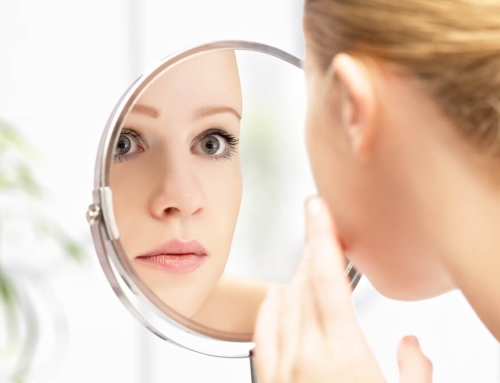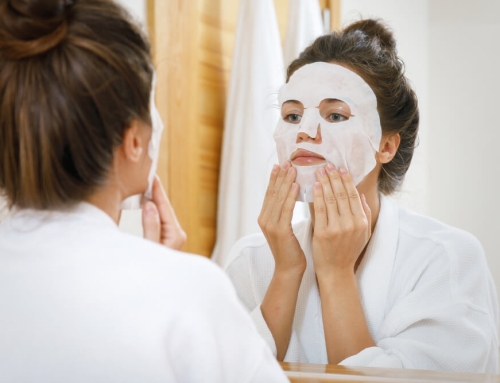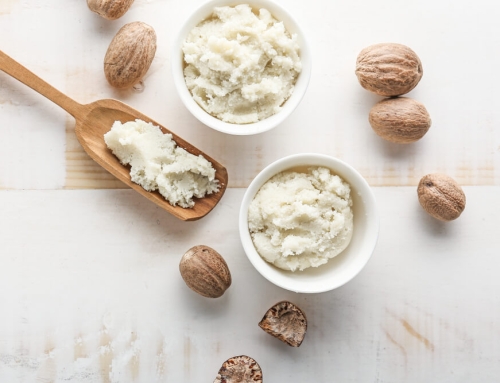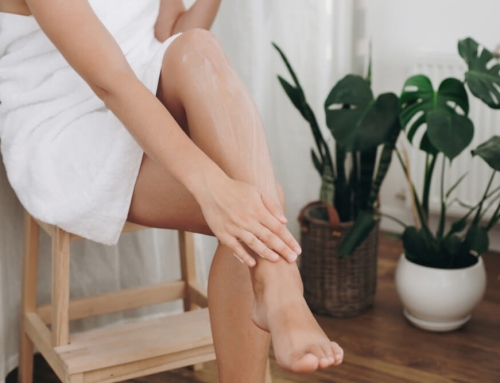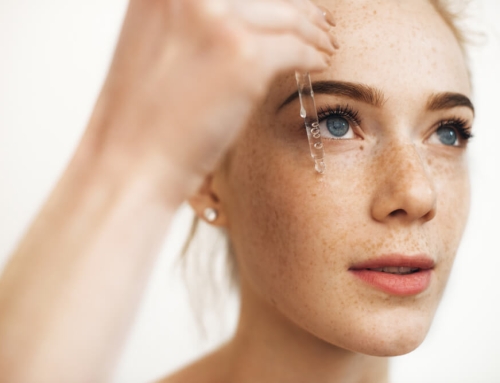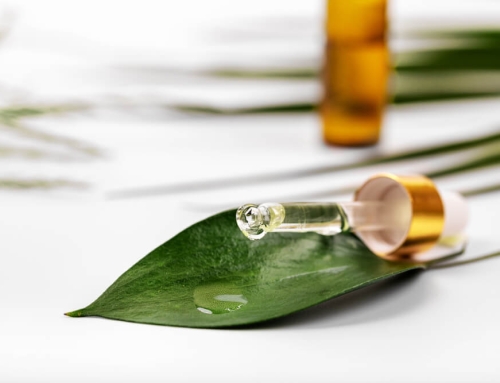When you find a new product or ingredient that seems to work magic on your skin, it can be tempting to slather this on multiple times a day. After all, providing your skin with more of it only means that your skin will improve faster, right?
Unfortunately, that’s where many people get it wrong. While some ingredients will do nothing but nourish your skin, even when used several times a day, that is definitely not the case for all ingredients.
If you use any of these five ingredients too much, you will soon find that they end up causing far more harm than good.
1) Retinol
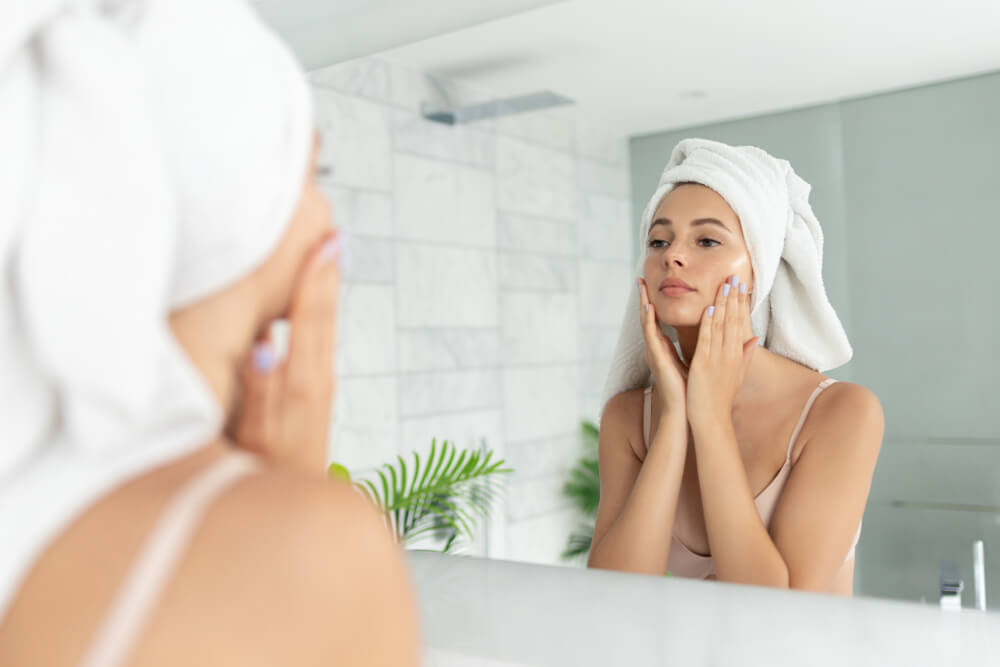
Without a doubt, retinol is one of skincare’s biggest superstars.
What exactly is it?
It’s a form of vitamin A, and is one that is able to bring about some incredible changes in the skin, such as:
- Smoother skin with reduced wrinkles and fine lines
- A firmer and fuller complexion
- A reduction in excess oil production, meaning a matte complexion with fewer breakouts
- A brighter skin tone with dark spots and discoloration becoming less visible
So, what’s the problem?
Well, retinol is an extremely potent ingredient. It causes your skin cells to multiply at a much faster rate than usual, and too much of this can mean:
- Excessive dryness
- Peeling and flaking
- Redness and irritation
- Inflammation and breakouts
Pretty much the opposite of what retinol is meant to do. For those who begin using the ingredient for the first time, side effects such as those listed above are common, making it difficult to ascertain just how often you should be using this ingredient.
What makes this even harder to determine is the fact that every product containing retinol is slightly different. From the concentration of retinol used to the other ingredients mixed into the formula, it is difficult to compare the potency of different retinol products.
So, how do you know how much retinol you should be using?
You need to listen to your skin.
Granted, this can be difficult when you first start using the ingredient, as reactions are common. However, during your first few weeks, or even months, of using retinol, you should only really be using it two to three times a week. Just a small, pea-sized amount of product is all you need.
After that, if you notice any of the issues mentioned above, stop using retinol immediately. Give your skin some time to heal before looking for a product that makes use of the ingredient in a lower concentration, combining this with moisturizing, skin-soothing ingredients.
This may seem over-cautious, but more and more dermatologists are witnessing a problem that they have coined as retinol abuse. They believe that over-using retinol can damage the skin’s barrier, leading to inflammation in a big way – something that you definitely do not want to be risking.
2) Clay
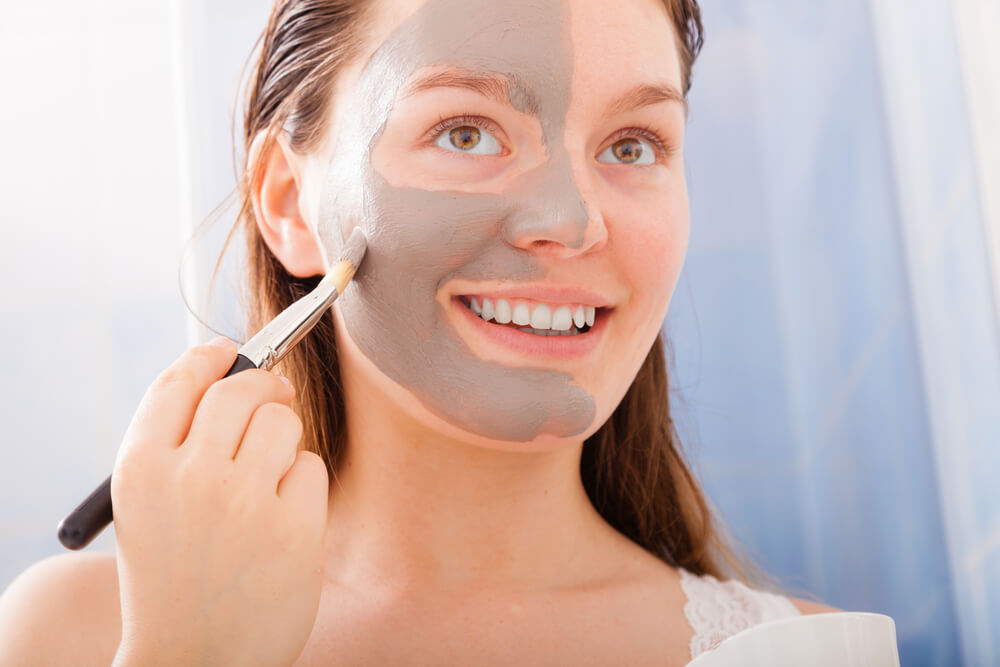
Clay masks are great for the skin. They absorb excess oil and draw out impurities, leaving your skin looking brighter and fresher than ever.
While Kaolin clay is the most popular, there are several other types of clay out there, each one with its own unique benefits:
- Bentonite clay – hugely absorbent, making it perfect for oily skin
- French green clay – a rich source of phytonutrients and minerals
- Rhassoul clay – this one comes from Morocco, and is full of magnesium and other crucial minerals
So, what happens when you use clay too often?
Your skin will end up overly dry. Soon after you rinse your mask off, your skin will feel tight (not in a good way) and uncomfortable.
Why is this?
Because using clay too often results in your skin’s natural oils being absorbed away faster than they can be produced again. These oils are important – they provide protection and lubrication, and you definitely do not want to be left without them.
If you have oily skin, you may be thinking…
That sounds great! I would love to absorb away all of my skin’s oils.
This may seem great in theory, but what many do not realize is removing too much of your sebum will trigger your skin into increasing its natural oil production rate. In between uses of your clay mask, you will find that your skin becomes even oilier, with breakouts becoming all-the-more common.
Wondering how often you should be using a clay mask?
Once a week is enough. Try to also make sure that the clay mask you use is filled with plenty of hydrating and nourishing ingredients. The OROGOLD 24K DMAE Instant Stretching Mask is a great example of that – this bentonite-based mask is packed with numerous hydrating extracts, such as:
- Aloe vera
- Ginkgo biloba
- Jojoba
- Sunflower
- Ivy
- Sage
With all of those added extras, this is a mask that provides some fantastic anti-aging benefits, in addition to clearing out those pores.
3) Exfoliants
Okay, so this may be more of a group of products rather than an ingredient, but exfoliants are something that everybody should be using in moderation.
Yes, your skin may look and feel bright and squeaky clean after exfoliating, but over-exfoliating can lead to so many problems.
Each time you exfoliate, you strip away some of your skin’s natural protective barrier. Doing this too much can cause some serious damage to this important barrier. Not only will your skin be unable to properly protect itself from the allergens, bacteria and other impurities in the environment around it, but it will also be unable to retain moisture. This moisture is needed for just about every single thing that your skin does, meaning that your complexion will really suffer.
How do you know if you are over-exfoliating?
- Short term: redness, irritation and inflammation
- Long term: dryness, flaking skin, uneven skin tone, patchy areas of redness and rough, bumpy breakouts
You will also find that your skin becomes increasingly sensitive to the other products in your skincare routine, even if you have been using them for as long as you can remember. If you notice that some of your favorite products are now causing a stinging sensation when you use them, or turn your skin red, over-exfoliation could be the reason.
So, how often should you be exfoliating?
There is no set answer to this. There are so many different factors that could affect this, not only in terms of your own skin condition but also when it comes to the many different methods of exfoliation out there.
Generally, chemical exfoliation tends to be gentler, as well as more effective, than physical exfoliation, so this would be the method to opt for. Start by exfoliating just once a week, especially if you have sensitive or dry skin. If your skin type is oily or normal, you can then slowly increase this until you are exfoliating two to three times a week.
Pay attention to what it advises on the individual product you are using too. For example, the OROGOLD 24K Multi-Vitamin Deep Peeling + Mandelic Acid only needs to be used once a week, no matter your skin type.
4) Kojic Acid
If you have ever experienced dark spots and hyperpigmentation, then kojic acid may be an ingredient that you are already familiar with.
For everyone else, kojic acid comes from several fungi species and is famed for its lightening properties.
Want to know how it works?
Well, those dark spots on your skin are caused by excess melanin production, with melanin being the pigment that gives your skin its color. When your skin produces too much of this, the extra melanin ends up clustering up in areas underneath your skin, meaning that those parts of your skin take on a darker appearance.
How does kojic acid help?
It inhibits melanin production in the discolored parts of your skin, while also having a whitening effect. Combined, these two properties enable kojic acid to significantly brighten up and even out a person’s skin tone.
So, what’s the problem?
Well, kojic acid is designed to be used for a specific length of time, usually around two to three months. One of the side effects that you may experience is contact dermatitis, and this will usually manifest soon after you begin using a product. This is more common with products that contain more than 1% kojic acid.
However, even if you don’t experience contact dermatitis when you first begin using kojic acid, over-using this ingredient can lead to delayed dermatitis occurring.
To prevent this, make sure that you only use kojic acid for a limited amount of time.
Do you use hydroquinone instead of kojic acid?
This is another popular skin-lightening ingredient, but is another one that you should also use in moderation. Since the side effects of hydroquinone can be quite severe, pay extra attention to the amount you use, along with how frequently you use it.
5) Certain Oils
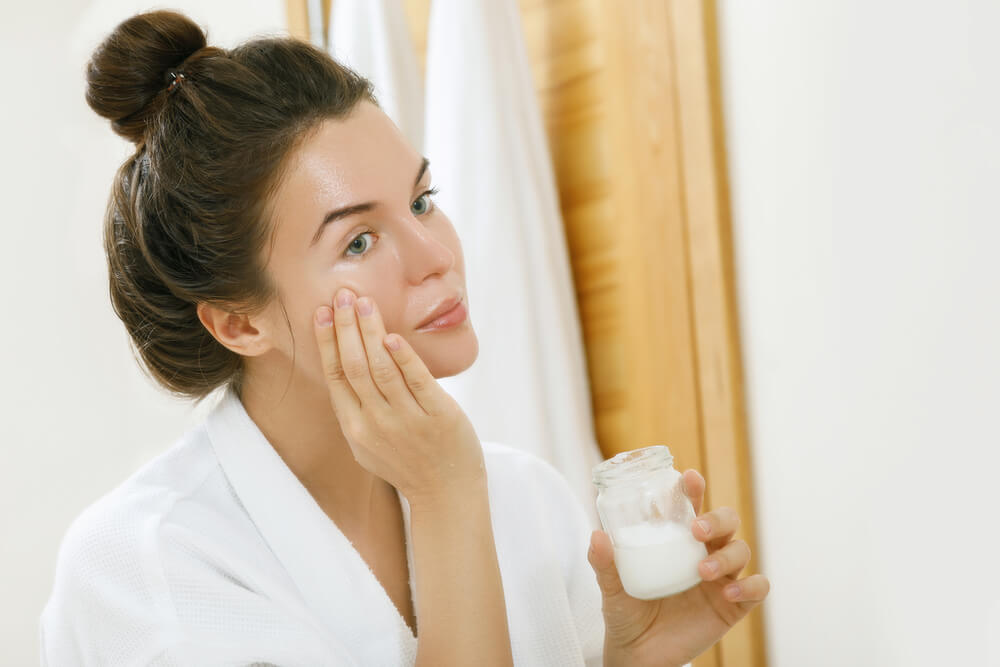
If you have dry skin, then oils are something that you probably already use. After all, they are a great way to provide the skin with an addition lipid layer of protection. This not only prevents moisture from evaporating out of the skin, but also gives the skin extra protection from the environment around it.
However, not all oils are equal…
Some oils are known for their pore-clogging properties, such as:
- Wheat germ oil – packed full of vitamins, minerals and antioxidants, with its high vitamin E content making it especially suitable for healing the skin. However, this is the most comedogenic oil out there, meaning it will more than likely clog up your pores
- Cocoa butter – incredibly rich and nourishing, making it great for healing and protecting dry skin
- Flax seed oil – a good source of essential fatty acids that help to strengthen the skin’s protective barrier
- Soybean oil – another oil that contains a high level of vitamin E
It goes without saying that if you have oily skin, those above oils are to be avoided at all costs. However, those with dry skin need to proceed with moderation too.
Why?
Because even though your skin may be able to tolerate those oils better than oily skin, over-using them will still lead to clogged pores. This will then cause inflammation in your skin, resulting in breakouts.
Of course, with it now being winter, dry skin would really benefit from the use of oils. Well, so long as you choose the right oils, clogged pores are not something that you will need to worry about.
Here are some of the least comedogenic oils to use on your skin:
- Jojoba – the molecular structure of jojoba oil closely resembles that of your skin’s own sebum, meaning that this is an ingredient your skin will readily absorb
- Grape seed – a light oil that won’t leave your skin feeling greasy, grape seed oil is not only a good source of linoleic acid, but it also contains some powerful anti-aging compounds
- Rosehip – a hydrating oil that will leave your skin looking and feeling smoother and brighter
If you go for a light, non-comedogenic oil, you can use it as often as your skin needs.
Some ingredients can really make your skin look and feel so much better, which is why it can then be tempting to use them a little more than you really should. However, rather than causing long-term damage to your skin because of your eagerness, hold back and make sure that you are using these five ingredients in moderation.


